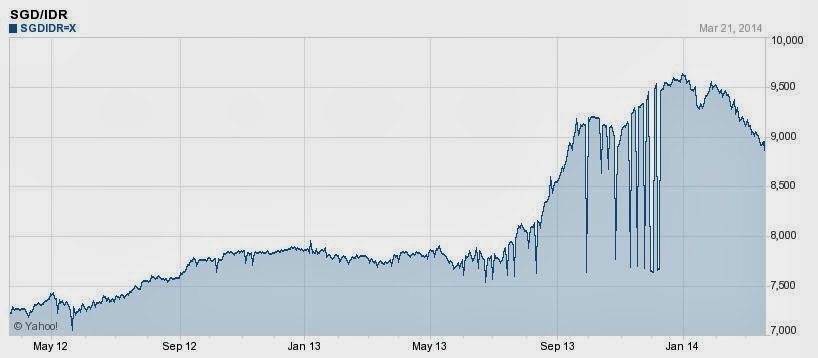Benjamin Graham, the father of value investing, once said that in the short-term, the stock market is like a voting machine, but in the long term, it is like a weighing machine. Let's take this concept of a voting machine further and explore why sometimes the market can be erratic.
Imagine a city in a far far away land called Far Far Away City. There, elections for the city mayor are held everyday, except on Saturdays, Sundays and Public Holidays. The candidate who wins the election for that day becomes the city mayor, but only for that one day. The city has 10 million citizens, of which roughly 1 million are farmers and support the left-inclined parties called the Lows (L). Another 1 million citizens are descendants of the nobles and support the right-inclined parties called the Highs (H). The rest 8 million citizens support the mainstream parties called the Mids (M). Since elections are held everyday, and because voting is not compulsory, the voter turnout everyday is very low. On average, only about 10 persons go to vote. Most of the days, the mainstream parties would win the election. However, given the low voter turnout, there are a few occasions when either the Lows or the Highs would win the election. Whenever that happens, the international media would decry that the 10 million citizens of Far Far Away City support a leftist or a rightist mayor, depending on the election outcome. Obviously, the actions of 10 voters cannot be representative of the political views of 10 million citizens, but that is how elections work.
Interestingly, although the citizens of Far Far Away City do not like to vote, they pay a lot of attention to the elections. There is even a 24-hour TV broadcast on the elections, interviewing experts on what is the likely outcome of the election and what is the quality of the candidates. As elections in Far Far Away City are held in the open, the TV broadcast would even show a ticker-tape on how the votes are being voted. A typical ticker-type on an ordinary day might run like this: M, M, L, M, M, M, H, M, M, M. Some experts would scrutinise this ticker-tape to search for hidden information to predict the next winner. Other experts would review every statement that the candidates make to make the same prediction. In essential, there is a lot of information generated to keep the citizens of Far Far Away City busy and excited about the elections.
Although most of the days, the mainstream candidates would win the elections, there are occasionally long periods when the elections are won by either the Lows or the Highs. When there is a prolonged drought, for example, the Low supporters would come out in droves to vote for a mayor sympathetic to their circumstances. On other occasion, when there is a royal marriage, for example, the High supporters would be ecstatic and come out to vote for a mayor supporting city-wide celebrations. Yet, during both these extreme occasions, the election outcomes do not represent the political views of the vast majority of the citizens.
Coming back to our lives, similar to the mayor elections of Far Far Away City, the stock market is open every working day. Just as similarly, only a small minority of investors actually buy or sell in the market everyday. Do the actions of this small minority dictate the views of the vast majority who does not trade? For example, if someone were to sell Singtel at $1 and the market closes at that price, does it mean that most investors would lose two-third of their value in Singtel? Even if there is a prolonged market crash and Singtel closes at $1 everyday, does it mean that Singtel's value is worth only $1 for all investors?
The market participants who trade in the stock market are only a very small minority of investors. Their views of the market do not represent the views of all investors. Investors are best served by ignoring what the market does. As Benjamin Graham said, the market is for investors to take advantage of, buying when the market is in a depression and selling when it is in ecstasy.
In my very first post of this blog, I briefly mentioned that the financial market is a "Matrix". The Stock Matrix wants us to believe that we all fall off the building when prices crash. We fall off only when we choose to follow the rules of the Stock Matrix. We can actually defy gravity in the Stock Matrix.
See related blog posts:
See related blog posts:





